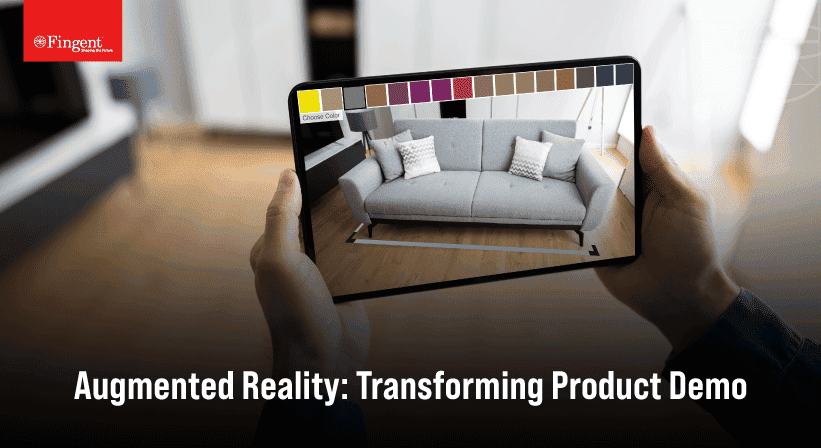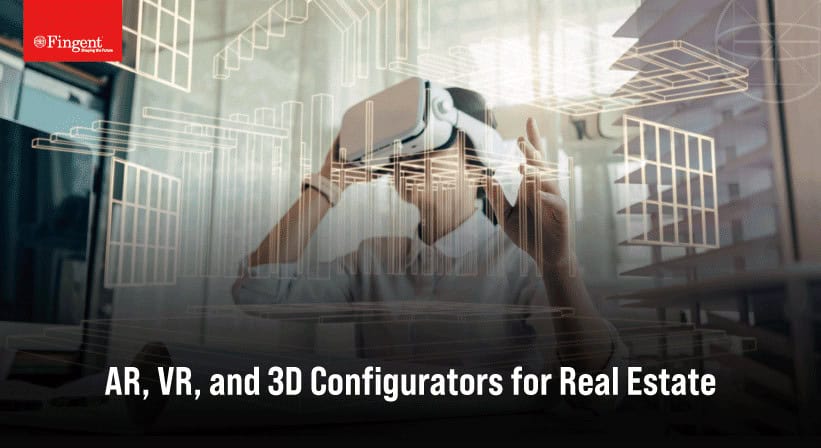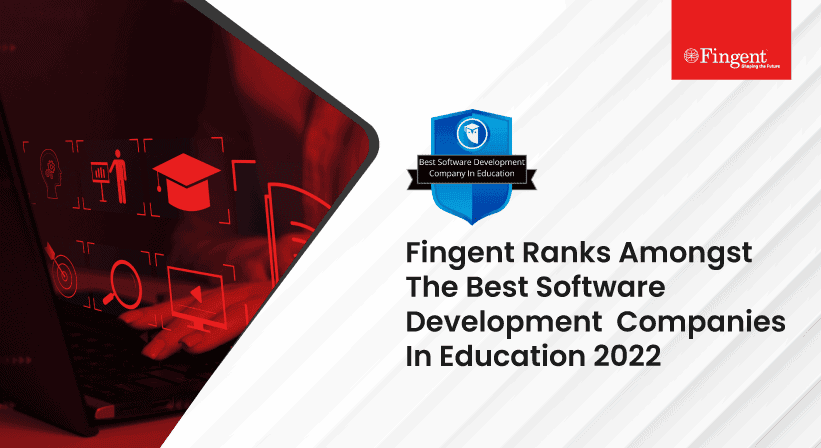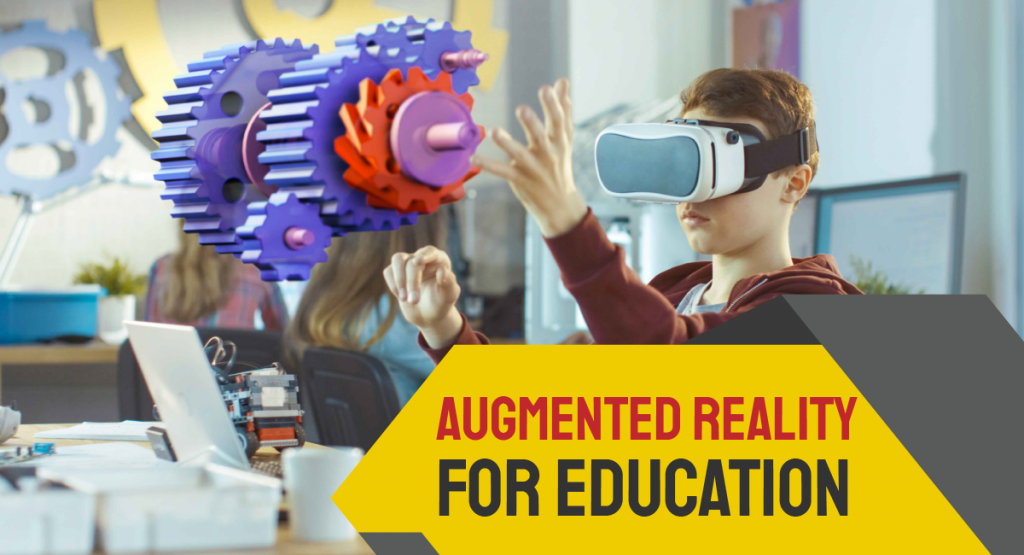What Is the Future of Augmented Reality in EdTech?
In simple terms, EdTech is the practice of leveraging IT tools and technology into the classroom to create an inclusive, more engaging, and personalized learning experience. As per industry research, EdTech is expected to reach $680.1 billion by 2027, growing annually at the rate of 17.9%.
Many EdTech companies are digitizing college and competitive learning. These companies have realized how AR acts as a value-added service and improves engagement. By 2023, Augmented Reality is expected to surpass $5.3 billion opening doors to several opportunities for educational institutions and businesses.
How AR works in education?
AR improves the real-world environment with text, sound effects, graphics, and multimedia. Simply put, it improves our immediate surroundings by layering digital content on top of the graphic representation of the real world. AR includes 25% digital reality and 75% existing reality. It means, AR does not replace your environment with the virtual but it integrates virtual objects into the real world.
Owing to the increased attention span among students and the ability to deliver varied information engagingly, teachers are vouching for the use of AR in classrooms. Going ahead, AR stands to benefit students by inducing a problem-solving attitude, delivering learning gains, providing motivation, improving cognitive skills, enhancing interaction, and enabling collaboration. This results in a positive attitude among students making the investment in AR worth it.
Let’s consider a situation wherein a history lesson, students are being taken through a module on Egypt to understand how the pyramids were built. Digital projections and visualization using AR can have a lasting impact on students that will not only help them learn these concepts but will also help them retain them and avail answers related to them, in their exams. Simply put, AR technology can provide limitless possibilities for students and teachers alike.
Read more: Impact Of Augmented Reality In Education Industry
Benefits of AR in education
Augmented Reality offers several perks in the education sector.
1. Easy access to learning materials
AR helps replace textbooks, physical forms, and printed brochures thereby reducing the cost of learning materials. Augmented Reality makes it easy for everyone to access the material from anywhere.
2. An immersive and effective learning system
Augmented Reality helps students gain knowledge through compelling visuals and immersive content. Additionally, speech technology provides students comprehensive details about a topic in a voice format thereby engaging them. Simply put, AR in education targets a major information-gathering sense in humans.
3. Encourage students and spruce up their interest
AR makes learning interesting, effortless and improves collaboration and capabilities. Additionally, it ensures the classes are less tiring by providing opportunities to implement hands-on learning approaches that can increase engagement, improve the learning experience and help students learn and practice new skills.
4. Memory
Augmented Reality helps bring lessons to life and helps students remember essential details. For example, a teacher can use AR technology to create memorable interactive uses instead of presenting photographs on a projector showcasing life in Colonial America.
5. Cost-effective
While the cost of AR equipment is often cited as a barrier to adoption, most smartphones today are equipped with the hardware needed to run AR apps. AR can lower educational costs by replacing expensive textbooks thereby making them easy to implement.
While AR offers several benefits, some common reasons cited for the slow adoption of the technology in the field of education are;
- Lack of funding
- Bulky AR equipment
- Concerns over AR educational content and its academic value
Read more: E-Learning Taking A New Front: How Can LMS Technology
Use cases of AR in education
Here are the most prominent case uses of AR in the education sector.
- Star Chart is a notable example of AR in education for astronomy students. The app highlights the constellation on the screen when students point their devices at the sky and provides them with a detailed description of the constellation. The app includes information of over 12,000 stars and 88 constellations.
- Complete anatomy is a cross-platform app developed for med students and physicians. The app provides students with over 17,000 human body structures as 3D models. Students can interact with each of them conventionally as well as by projecting body parts on a flat surface.
- The JigSpace app can be a useful AR tool for both education as well as business fields. It helps you create a project demo in a short time. The app allows you to upload 3D models, place them on slides and adjust them according to your needs before presenting them to the audience.
Ways in which AR can be incorporated in the education sector
1. Augmented classrooms
Marker-based AR apps are a popular way of incorporating AR into the conventional classroom. Students can simply scan their textbooks and the app will provide them with illustrations on complicated theoretical explanations. Students can experience first-hand the principles of a subject in a highly fun-filled and interactive way. With AR, the quality of training in critical subjects like science, maths, technology, and engineering could improve vastly.
2. Augmented homework
With AR, teachers can assign students worksheets such that they can explore educational concepts at their own pace and from the comforts of their homes. For example, if the students are unable to crack the answers given in the worksheet, they can simply scan the worksheet with an AR-based app and get pointers towards the right answer.
Dispelling common myths about AR
1. AR is too futuristic
While AR has gained rapid growth in recent years, the term was first coined 25 years ago by Boeing researcher Thomas Caudell. Though many people may not be aware of AR, it is all around us. Interestingly, we don’t need to be technically oriented to experience AR. For instance, say you are watching the live broadcast of a swimming championship. The banners you see with the winners’ names floating on the water surface are nothing but AR.
Simply put, Augmented Reality offers unlimited opportunities and it can be used in many ways to create incredible audience engagement.
2. AR is highly expensive
On the contrary, AR can be cost-efficient compared to other media solutions. Often, in this industry, low price implies low quality especially if it is custom-made. However, in most cases, it could be a one-time investment and the returns can be far higher than what you expect. AR can help achieve a higher level of crowd engagement that is not possible using traditional forms of advertising.
3. AR is difficult to use
Previously, special headsets and programs were required to use AR. However, today, it is not the case. Technology has advanced and users can experience AR by simply pointing their phone’s camera at the source material. They can experience AR with a simple click!
Watch video: Augmented Reality in Education | Transforming Learning Experience
Conclusion
With advances in mobile technologies and hardware, Augmented Reality is becoming a more accessible and widely used technology. As it can be seen, AR has huge potential in the education sector and it is the right time to invest in it.
To get the most out of AR and a comprehensive strategy for your education business, feel free to contact us.
Stay up to date on what's new

Recommended Posts

04 Aug 2023 B2B
Augmented Reality: Taking Product Demos To A Whole New Level!
In the fast-paced world of business, where attention spans are shrinking and competition is fierce, a successful product launch can make all the difference. You've invested countless hours refining your……

08 Jul 2023 B2B
AR, VR, and 3D Configurators for Real Estate
The implementation and development of immersive digital technologies such as Artificial Intelligence, Augmented Reality, Virtual Reality, Machine Learning, and 3D Configurators have drastically changed the way the world works. These……

16 Nov 2022 Education
Fingent Ranked as a Top Software Development Company in Education for 2022 by Online Degree!
Here’s another feather on our hat! Fingent ranks amongst the “The Best Software Development Companies In Education - 2022” listed by the leading consumer education website, Online Degree! This year’s……

24 Oct 2022 B2B
Providing Seamless Customer Experience with Technology
Customer Experience – Two words that could make or break your business. Today, customers expect businesses to provide nothing short of an excellent customer experience whenever and however they shop.……
Featured Blogs
Stay up to date on
what's new
















